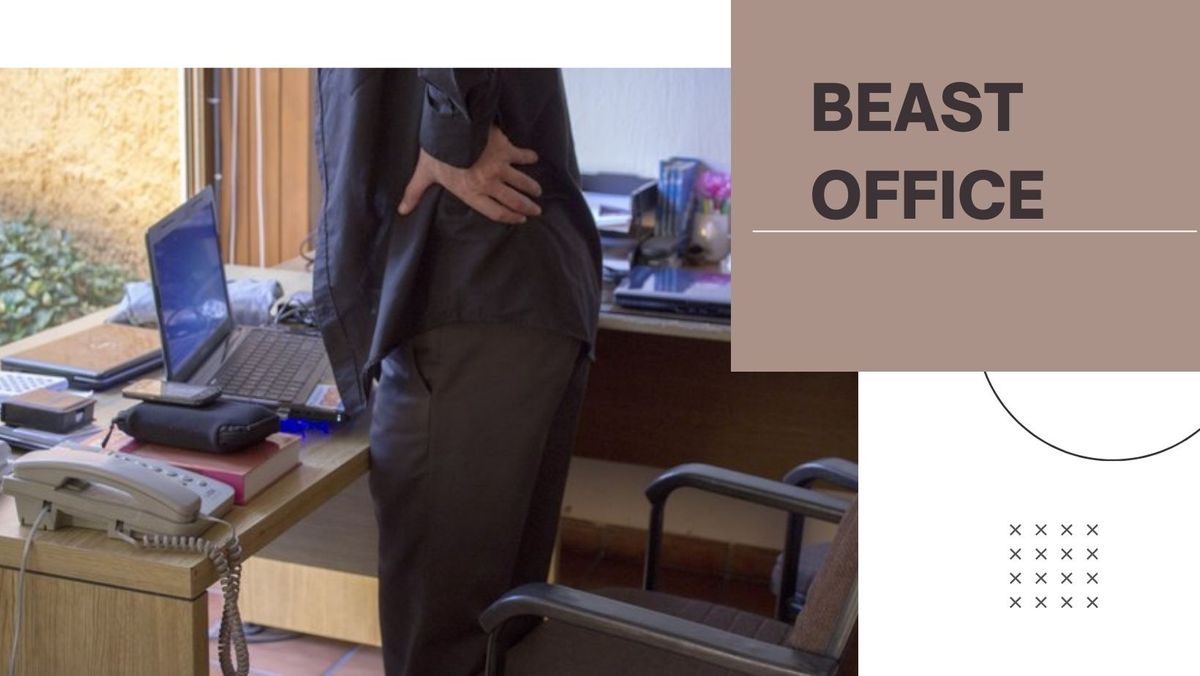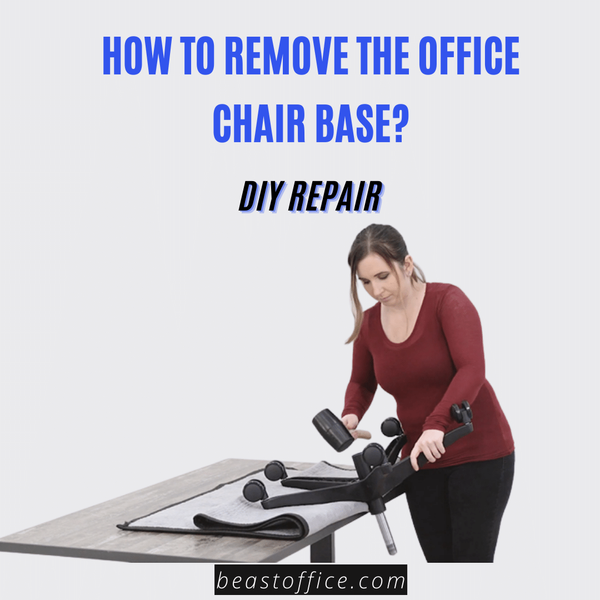Are you constantly bending over to work on your computer or laptop? If so, you might want to consider how to make a desk taller. If this describes your situation, we have good news: there is a solution! And it doesn't involve quitting your job or moving out of the cubicle farm to open a mountain retreat for stressed-out professionals.
The key to solving all these problems is simple: taller desks. Following our tips and doing this will allow you to sit up straight and increase your productivity. In this article, we'll show you how to make your desk taller without spending a fortune on furniture or hiring a professional. All you need are some simple tools and some patience!
How To Make A Desk Taller? - Level-Up
Making a desk taller is necessary for people with disabilities and those working in offices. It is a great way to improve your ergonomics. And for example, if you are disabled, you might need to make your desk taller to make it more accessible.
If you work in an office and have a job where you have to sit at a desk, then making the desk taller will make your job easier. If you're not tall enough to see your computer screen or keyboard while sitting, it's time to make your desk taller. Making a desk taller is easy and can be done with items found around the house.
Learn the ideal height for sitting and standing desks
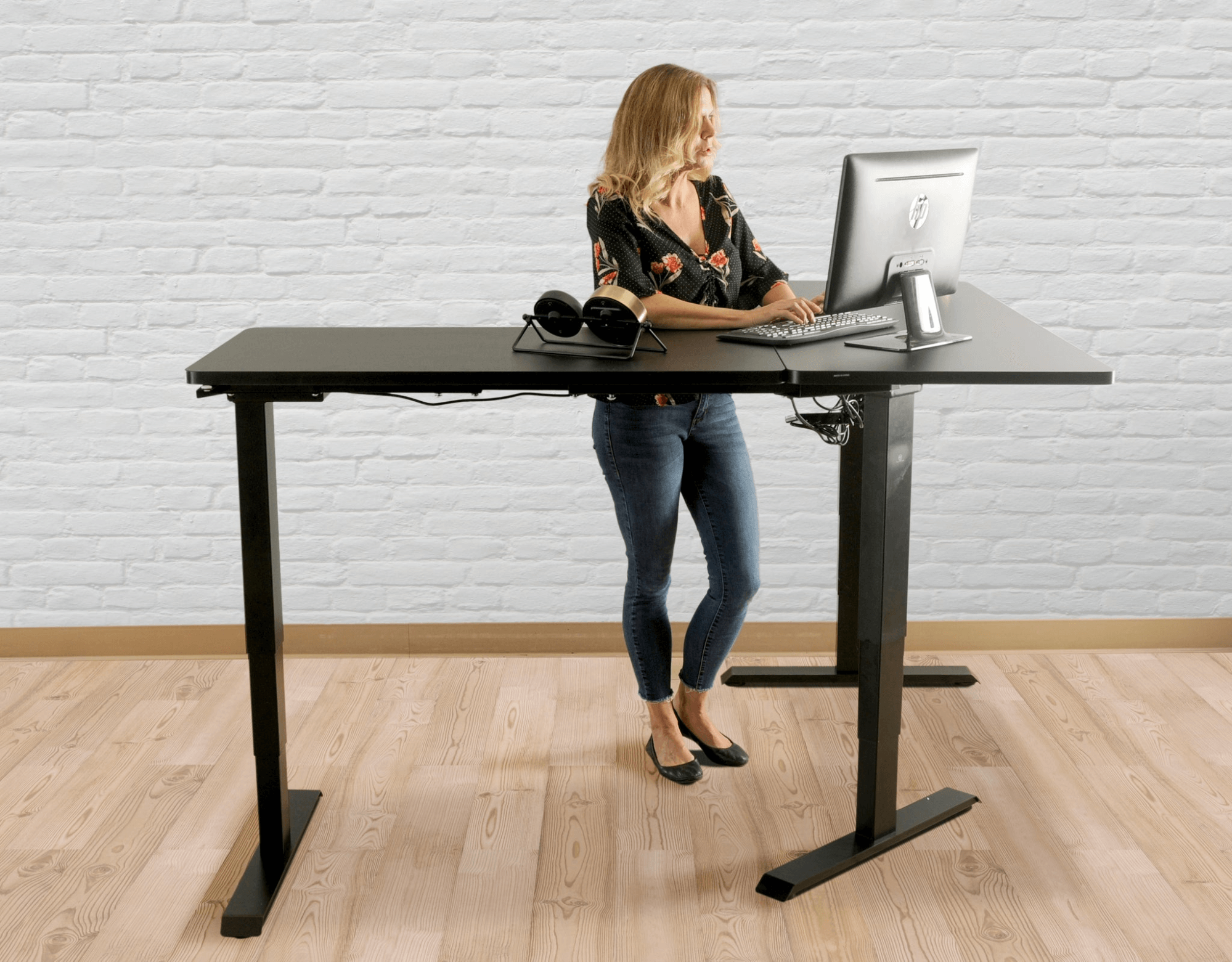
The ideal height for sitting and standing desks is often debated, but it is clear that both have their benefits. Many studies show that sitting too much can cause health problems. Standing desks are an excellent way to combat this.
Standing Desk
The ideal height for a standing desk is 20-24 inches above the ground, according to the Mayo Clinic. Your monitor should be at eye level when you're standing. If your monitor is higher than 24 inches, you may need to make some adjustments or buy a separate monitor stand.
Sitting Desk
The ideal height for a sitting desk is between 30 and 36 inches from the floor, according to the Ergonomics Center at California State University Northridge (CSUN). If you find yourself slouching in your chair or leaning forward excessively, consider raising your desk height by placing books under one side or risers under one or two legs of the desk itself.
Ways to Customize Your Desk
A desk that's too low is a pain in the neck. Here are some ways to customize your office desk for working healthily.
Mix Up Your Use Of The Desk During The Day
An effective way you can make a desk taller is to mix up how you use it during the day. For example, if you take a short break from working at the computer and sit down for lunch or coffee at your desk, then get back up and continue working on the computer again after your break, this will help stretch out your body and keep everything in balance.
Choose A Taller Chair
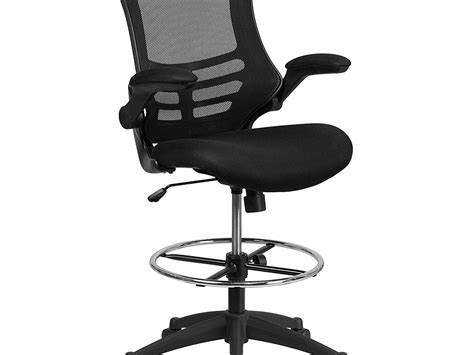
The right height for your chair should allow you to maintain good posture. You don’t want to slouch or lean down too far when sitting. In order to find the perfect chair, follow these steps:
- (a) Measure the distance from your armrests to the floor.
- (b) Measure the distance from where your knees bend when seated to where your feet reach on the floor.
- Subtract (a) from (b) and this will give you a rough idea of how tall your new office chair should be.
- Look at adjustable office chairs that can go up as high as with an additional footrest attached at all times.
(NOTE) Before using a chair, make sure it has a locking mechanism so it doesn’t move while typing! Once you have found one that fits both requirements above, buy it immediately!
Ask Your Employer To Make Accommodations For You
If you can't find a solution to your tall desk dilemma, we suggest asking your employer for accommodations. They need to know that this is a problem and that it's affecting your performance at work. You could ask them to provide you with either:
- A taller desk (or one that can be raised).
- A standing desk so that you can stand while working.
- A shorter chair or one with no wheels on it so that you don't have to sit all the way down in order for it not to be too high or low.
- A chair with armrests so that they support more of your body weight.
Use A Separate Standing Desk Or Work on Surface
A good rule of thumb is that your elbows should be bent at a 90-degree angle when you’re standing up at the desk, which means measuring from elbow height down to the floor will give you an idea of how tall your work surface should be.
Add Blocks Or Risers To Make Your Desk Taller
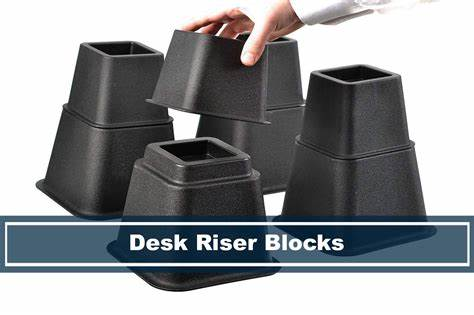
You can make your desk taller by adding blocks or risers to the bottom of the desk.
There are a few ways to do this:
- Add desk risers to the bottom of your existing desk and then add an extension board. This will make both sides higher, but you won't be able to use them as separate surfaces.
- Add blocks or risers directly under each leg, so that they're all at equal heights above ground level.
NOTE: People come in many shapes and sizes, so not all desks are adjustable enough to suit everyone’s needs.
Reasons of Customizing
Luckily there are ways you can customize a desk to make it more comfortable for your body!
There are plenty of reasons why you might need to adjust your desk height. Maybe you're on the taller side and want to be able to work in a more ergonomic position. Maybe you're sitting on an old, creaky chair or couch with broken springs and need something sturdier. No matter what your reason for raising the desk, there are some easy ways to get it done!
The problem with most desks is that they aren't adjustable enough to suit everyone's needs. Most desks have only one or two heights at which they can be set up—a minimum height where the keyboard sits flat on top of a table and a maximum height where your arms are fully extended above head level when typing.
If this sounds like your current setup, consider purchasing an adjustable desk frame (or "frame"). Adjustable frames allow users to choose any height between these two extremes by adjusting the base pedestal (the piece under where one's knees would go).
Conclusion
Hopefully, this article has given you some ideas about how to make your desk taller. If you have any questions or comments, please feel free to reach out! We’d love to hear from you.


